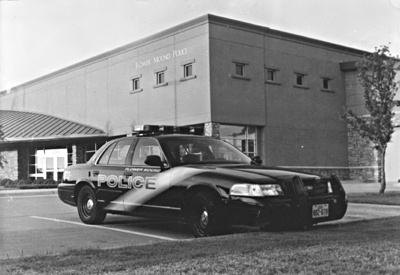All Nonfiction
- Bullying
- Books
- Academic
- Author Interviews
- Celebrity interviews
- College Articles
- College Essays
- Educator of the Year
- Heroes
- Interviews
- Memoir
- Personal Experience
- Sports
- Travel & Culture
All Opinions
- Bullying
- Current Events / Politics
- Discrimination
- Drugs / Alcohol / Smoking
- Entertainment / Celebrities
- Environment
- Love / Relationships
- Movies / Music / TV
- Pop Culture / Trends
- School / College
- Social Issues / Civics
- Spirituality / Religion
- Sports / Hobbies
All Hot Topics
- Bullying
- Community Service
- Environment
- Health
- Letters to the Editor
- Pride & Prejudice
- What Matters
- Back
Summer Guide
- Program Links
- Program Reviews
- Back
College Guide
- College Links
- College Reviews
- College Essays
- College Articles
- Back
The Hate You Give by Angie Thomas: The Two different Worlds
The Hate U Give by Angie Thomas talks about Starr, who goes to a white school in another neighborhood. The school is a mostly white school. Starr’s neighborhood, Garden Heights, is mainly poor and black. Starr constantly goes back and forth between two words. One of the worlds is at a white prep school where she switches her language up to not seem “ghetto,” and the other world is in Garden Heights where she can be herself. But Starr witnesses her childhood best friend Khalil getting shot, and it is really tough for her to handle all this. People start to ask her if she knew him, but she says she doesn’t but she continues to fight for justice for Khalil.
The author is trying to teach us that we need to show more attention to black lives and to show how they feel, what they have to go through in everyday life, that they are important. They are not different from other human beings, and the books shows how just because of their skin color, people often just assume things. Black parents have to have “the Talk” with their kids at a young age because of what is happening in the world, they talk to their children just in case they are dragged away by the police or pulled over. The BLM movement is one of the biggest movements that we have going on right now. People are getting shot and beaten because they want to change the future for young ones, so that they won't have to deal with this crazy aggressive world.
By reading this book, you can learn a lot. For example, never judge someone because of their color or looks. Not everyone is the same, not everyone is what you think just because of their skin color or size. Their race doesn't make them any different from others. In the book and in real life, people judge people with different skin tones but it doesn't make them any different from the others. I could definitely understand because people expect me to act a certain way or look a certain way. I am mixed. Some people are shocked about my hair and appearance.
Another lesson is that your voice is your most powerful weapon. Starr learned that in chapter 24: “That's the problem. We let people say stuff, and they say it so much that it becomes okay to them and normal for us. What's the point of having a voice if you're gonna be silent in those moments you shouldn't be?” Society is used to people blaming and violence in this world, and Starr decided to speak up about it. Starr is willing to help out and do anything to get justice for Khalil.
Of course, there is always going to be a time to speak up. For example, I had to speak up because there was a muslim girl in my school and she was getting bullied everyday and people said some rude stuff about her and her hijab. I felt so bad and she felt like she should stay in her place and let them continuously bully. She would always cry, so I spoke up about it and let them know why she chose to wear a hijab - because it’s part of her culture. After that she never was bullied by those kids.
This book is about BLM and police brutality and this shows that not everyone is what you think they might be. The story mostly surrounds the theme “THUG LIFE,” which is an acronym for The Hate You Give Little Infants F**ks Everyone. The word “Thug” was actually a warning: If we continue to raise children in a negative environment full of racism, violence and oppression, then this cycle will continue. Don't stereotype black people, and do not try to excuse violence and racism toward them.

Similar Articles
JOIN THE DISCUSSION
This article has 0 comments.

My piece deals with a book by Angie Thomas called '"The Hate You Give." It is about a young girl who, after seeing her black best friend killed by the police, struggles with racism, police brutality, and activism. I spoke about how some people like Starr have two independent sides of themselves to "fit in".